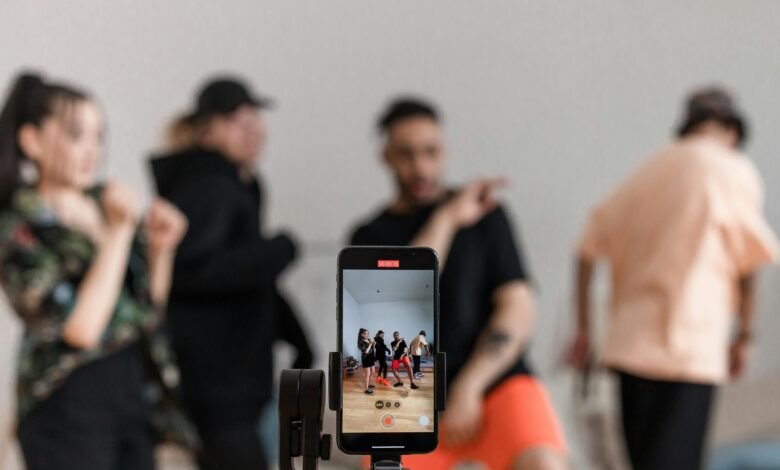Uncovering the Influences on the Trends of 2023

In a kaleidoscopic world where change seems to be the only constant, keeping pace with emerging trends isn’t just an indulgence for the trend-obsessed—it’s a crucial maneuver in theTrendsof2023 toolkit for businesses looking to understand and captivate their target audience. 2022 was a year of shifting sands, with trends bubbling up and breaking into the mainstream at a dizzying pace. Climate concerns, cultural movements, and technological leaps left their indelible marks on everything from the way we dress to the tools we use for communication. This blog post is a deep-dive into the myriad influences that sculpted the trends of 2022 and a crystal-ball gaze into the forecast for 2023, offering insights for both the curious onlooker and the shrewd business owner.
The Trends that Defined 2022
Before we look forward, a brief look back can help us identify trends that have staying power or are indicators of larger societal shifts. In 2022, many of us craned our necks to see the parade of trends crossing the street, from the tech world’s yolks forking Ethereum’s blockchain into the Web3 era, the fashion industry weaving sustainability into the fabric of their collections, and the food universe getting a taste for ‘ugly’ produce, championing food-waste reduction. Personal autonomous zones (PAZ) in the wellness sphere, and the deep-fake storm brewing on social media are just a few of the myriad influential trends that emerged. Each of these trends was a thread in the grand tapestry of consumer culture, hued with the colors of societal desires and technological possibilities.
The Shapers of Change
Peeling back the layers, we find that each trend is a product of cross-pollination between economic, social, and environmental forces. The pandemic, for example, didn’t just foster a boom in virtual events and e-commerce; it reshaped our sense of personal space and the boundaries of leisure, fashioning new norms where comfort and utility rule the roost. Climate change, on the other hand, pushed the sustainability agenda to the forefront across sectors. Culturally, movements like Black Lives Matter and environmental activism became not just talking points but driving forces creating a demand for ethical consumption and diversity among business offerings.
Predicting the Landscape of 2023
Given the momentum of certain trends, it’s possible to make educated guesses about what the future holds. In technology, for instance, the quest for privacy and a decentralized internet is likely to continue driving innovation and adoption rates. In fashion, the wave of nostalgia reshaping aesthetics could lead to revivals of vintage looks with a modern twist. The consumption of alternative proteins and the regenerative agricultural model may become more mainstream in the food sector. We may also see a surge in trends fostering community resilience, such as local sourcing and the sharing economy, in response to heightened social awareness.
Riding the Wave
For businesses, it’s not enough to observe trends from a distance. Understanding consumer needs and being agile enough to respond with innovative products and services is the key to successful trend-riding. In 2023, this may mean deepening corporate commitments to sustainability, integrating AI and data analytics into daily operations, and cultivating platforms that foster community and inclusivity.
Conclusion
Trendspotting in 2023 is akin to navigating a bustling marketplace; it requires keen observation, a willingness to adapt, and, most importantly, an innovative spirit. The year ahead promises to be as dynamic as those that came before it. By staying attuned to the underlying currents of change, businesses can not only stay afloat but can ride the wave of trends to new heights of success. Remember, the future doesn’t just happen—it’s created by the actions and choices we make today.



